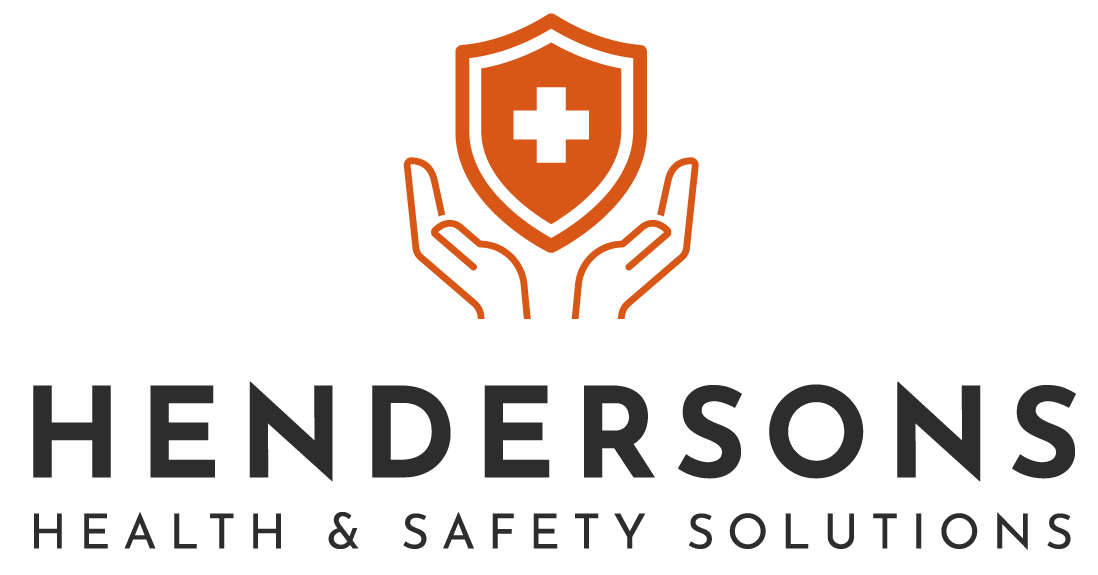Digital compliance management for storing Health & Safety documentation in platforms like SharePoint offers significant benefits, including improved audit trails, version control, and accessibility.
While digital systems streamline document management, practical considerations like reliable internet access and emergency plans are essential. CDM 2015 emphasises practical accessibility, achievable with proper planning and infrastructure.
Engaging workers with digital platforms through training ensures they are comfortable and actively use compliance documents, enhancing understanding and application. A hybrid approach, combining digital efficiency with practical on-site access, is effective.
At Hendersons, we advocate for digital solutions like SharePoint to keep you safe and compliant while allowing you to focus on operational activities but we also realise the balance required with having paper copies available.

Digital compliance management—storing Construction Phase Plans (CPPs), Risk Assessment Method Statements (RAMS), and PUWER records in structured platforms like SharePoint - has gained traction in recent years. While it offers clear benefits in audit trails, version control, and accessibility, we take a look at the practical issues from a CDM 2015 and real-world health & safety perspective. Here’s what we think...
1. Accessibility Issues in High-Risk Environments
CDM 2015 emphasises practical accessibility of compliance documentation, but real-world limitations often make digital-only access problematic:
Connectivity Challenges – Not all construction sites have reliable internet or power, especially in rural projects or new developments. If documentation exists only online, access delays could impact critical decision-making.
Emergency Situations – During incidents, first responders or site personnel may require immediate access to safety documentation—waiting for login credentials or searching SharePoint folders isn’t realistic.
CDM’s Expectation: Documents Must Be Readily Available
Under Regulation 12 (General Duties for Contractors), compliance information must be accessible to workers without undue barriers—implying that relying only on a digital system could violate the intent of the regulations.
2. Worker Engagement & Comprehension
Digital documentation assumes that site workers and contractors will:
✔ Be comfortable navigating SharePoint or other systems.
✔ Actively seek out risk assessments and compliance documents.
✔ Read and apply digital documents as effectively as printed ones.
The reality?
Many site workers prefer hard copies - physical inductions, printed RAMS, and safety briefings ensure better understanding, especially for those less tech-savvy or working in high-pressure environments.
When compliance material is only digital, there’s a risk it becomes invisible - only accessed when needed rather than actively reviewed and understood.
CDM’s Perspective: Competence Over Convenience
CDM 2015 and MHSWAR 1999 emphasise that health and safety isn't just about availability -it’s about understanding and practical application. If digital systems create a disconnect between compliance and workforce engagement, they’re failing their purpose.
3. Version Control Risks & Misinterpretation
While digital systems offer better version control, they also introduce risks:
Over complication – If compliance documents are buried in multiple nested folders, workers may struggle to find the correct version quickly.
Update Confusion – A site team might assume the latest RAMS or CPP is valid without checking whether revisions have been formally signed off and communicated.
Lack of Physical Verification – Printed documentation forces physical review - you can’t overlook a RAMS when it’s on the desk during a pre-start meeting.
CDM’s Position: Accuracy & Accountability Matter
Regulation 15 (Principal Contractor Duties) mandates that compliance documentation must be clear, accessible, and actively reviewed—a purely digital system doesn’t necessarily guarantee this.
4. Over-Reliance on Admin & IT Infrastructure
A digital-first approach assumes that:
✔ Site teams have consistent access to laptops/tablets.
✔ Cloud storage is properly structured and maintained.
✔ H&S personnel are trained to navigate digital systems efficiently.
Yet, in practice:
Site managers may not prioritise updating folders—resulting in missing or outdated documentation in SharePoint.
IT dependencies create new vulnerabilities—if a compliance folder is accidentally deleted, or login credentials aren’t available, access is instantly compromised.
Digital audits require consistency—but maintaining structured compliance folders requires active management, which some SMEs may struggle to enforce.
CDM’s Expectation: Compliance Shouldn’t Depend on IT Availability
Regulation 13 (Duties of the Client) reinforces that compliance management should be practical and effective, not just theoretically sound—if digital systems create dependency risks, they contradict CDM’s intent of ensuring consistent safety management.
5. The Need for a Hybrid Approach
Ultimately, digital compliance isn’t inherently bad—but it can’t be the only solution. The most effective health & safety strategies blend digital efficiency with practical on-site access, ensuring that compliance records:
✔ Exist in hard-copy form where necessary, reducing reliance on technology.
✔ Are physically reviewed during inductions, toolbox talks, and site visits.
✔ Are stored digitally for audit and version tracking, but not as the sole access method.
A 100% digital system assumes compliance is just about having the documents - but CDM 2015 reminds us that safety is about accessibility, comprehension, and practical application. If compliance becomes buried in digital folders rather than actively understood, it’s not fulfilling its legal purpose.
At Hendersons we always consider both side of the coin, whatever method suits you we are on hand to support your own efforts to keep yourselves, staff, clients and customers Safe whilst keeping you completely Compliant and freeing you to focus on Operational activities.




